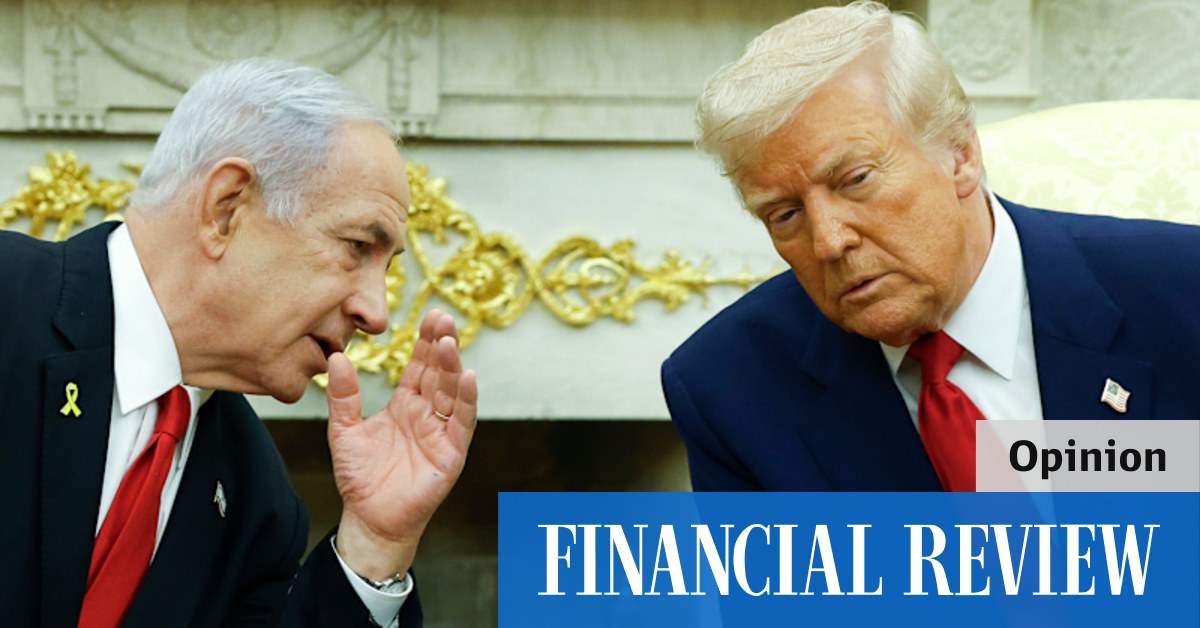Trump's Tariffs: US-China Trade War Escalates – A Deep Dive into the Economic Fallout
The escalating trade war between the United States and China, largely fueled by former President Trump's tariffs, sent shockwaves through the global economy. This wasn't just a spat between two superpowers; it profoundly impacted businesses, consumers, and geopolitical relations. Let's delve into the key aspects of this turbulent period and its lasting consequences.
The Genesis of the Trade War: Tariffs and Retaliation
The Trump administration's imposition of tariffs on a wide range of Chinese goods, beginning in 2018, was justified as a necessary measure to address perceived unfair trade practices, intellectual property theft, and a massive trade deficit. These tariffs, targeting sectors from steel and aluminum to consumer electronics and agricultural products, were met with immediate and forceful retaliation from China. Beijing responded with its own tariffs on American goods, creating a tit-for-tat cycle that escalated tensions and uncertainty.
- Key Targets: The tariffs weren't randomly applied. Strategic sectors vital to both economies were targeted, leading to significant disruption.
- The "Phase One" Deal: A brief respite came with the "Phase One" trade deal signed in 2020, which saw some tariff reductions. However, this didn't resolve the underlying tensions.
Winners and Losers in the Trade War
The impact of the trade war wasn't uniform. While some sectors benefited from protectionist measures, many others suffered significant losses.
Winners (Relatively):
- Certain Domestic Industries: Some US industries, particularly those producing goods now less competitive due to imported Chinese goods, experienced a short-term boost from protectionist measures. However, this often came at the expense of higher prices for consumers.
- Countries Diverting Trade: Countries like Vietnam and Mexico saw increased exports as businesses sought to circumvent US-China tariffs.
Losers:
- American Consumers: Tariffs led to higher prices for many consumer goods, impacting household budgets.
- American Businesses: Companies reliant on Chinese supply chains faced disruptions, increased costs, and reduced competitiveness.
- Chinese Businesses: Chinese exporters experienced reduced demand and struggled with retaliatory tariffs.
- Global Economy: The uncertainty created by the trade war dampened global economic growth and investment.
Long-Term Effects and Lasting Impacts
The trade war's impact continues to resonate even after the change in US administration. The ripple effects include:
- Supply Chain Restructuring: Businesses are actively diversifying their supply chains, reducing reliance on China and seeking alternative sources. This is a long and expensive process with significant implications for global trade flows.
- Increased Geopolitical Tensions: The trade war exacerbated existing geopolitical tensions between the US and China, deepening mistrust and fueling competition in other areas.
- Inflationary Pressures: The tariffs contributed to inflationary pressures globally, further complicating economic recovery efforts.
Conclusion: A Complex and Ongoing Situation
The Trump-era tariffs and the resulting US-China trade war represent a complex chapter in global economic history. While the immediate escalation has lessened, the long-term consequences are still unfolding. The experience underscored the interconnectedness of the global economy and the significant risks associated with protectionist policies. Understanding this period is crucial for navigating the ongoing complexities of international trade and economic relations.
Further Reading:
- [Link to a relevant article from the World Trade Organization (WTO)]
- [Link to a relevant article from the Peterson Institute for International Economics]
This article aims to provide a comprehensive overview. For detailed analysis of specific sectors or aspects, further research is recommended.

